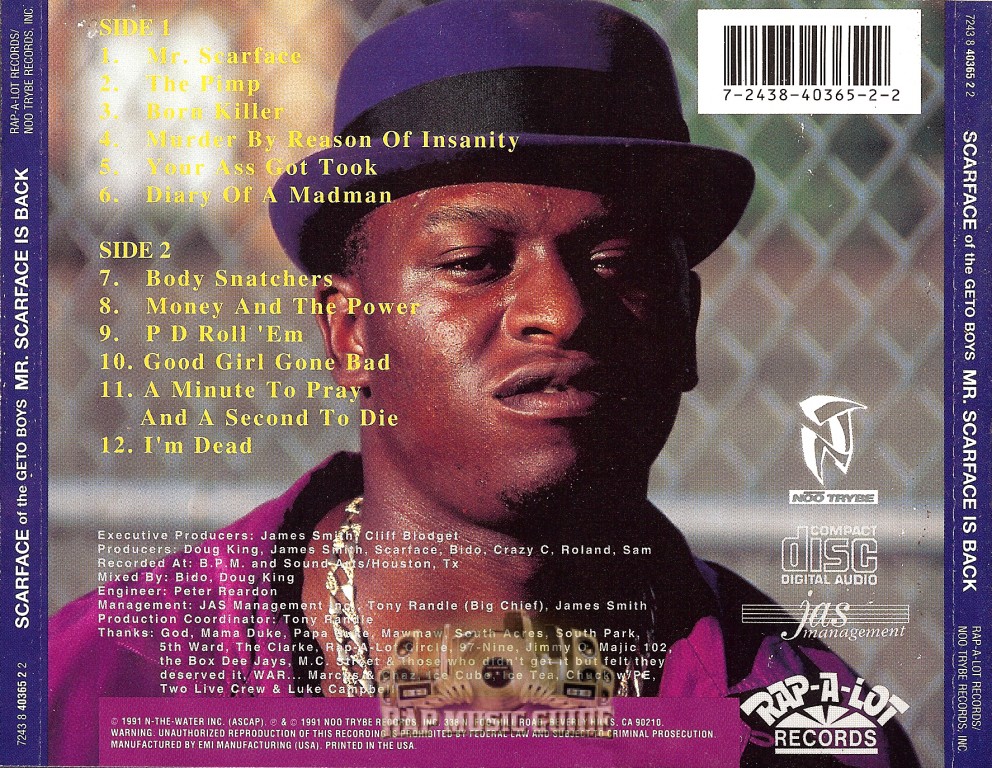
This year’s report includes spotlights on two of MHA’s policy priorities in 2021-2022 – the implementation of 988 as the national three-digit suicide prevention and mental health crisis hotline and increasing mental health education and supports in schools, particularly for BIPOC youth. Substance use increased 0.07% for adults and 0.25% for youth over last year’s report. adults and 4.08% of youth had a substance use disorder in the past year.

The percentage of adults with a mental illness who report unmet need for treatment has increased every year since 2011.Even in Vermont, the top-ranked state in the U.S., 43% of adults experiencing a mental illness were not receiving treatment. In Hawaii, the bottom-ranked state, 67% of adults with a mental illness did not receive treatment. Over half of adults with a mental illness do not receive treatment, totaling over 27 million adults in the U.S.The rate of severe depression was highest among youth who identified as more than one race, at 14.5% (more than one in every seven multiracial youth).

have severe major depression (depression that severely affects functioning). have severe depression, and multiracial youth are at greatest risk. In the bottom-ranked states, up to 19% of youth ages 12-17 experienced major depression. 15.08% of youth experienced a major depressive episode in the past year, a 1.24% increase from last year’s dataset.

4.58% of adults report having serious thoughts of suicide, an increase of 664,000 people from last year’s dataset. Suicidal ideation continues to increase among adults in the U.S.In 2019, just prior to the COVID-19 pandemic, 19.86% of adults experienced a mental illness, equivalent to nearly 50 million Americans.


 0 kommentar(er)
0 kommentar(er)
